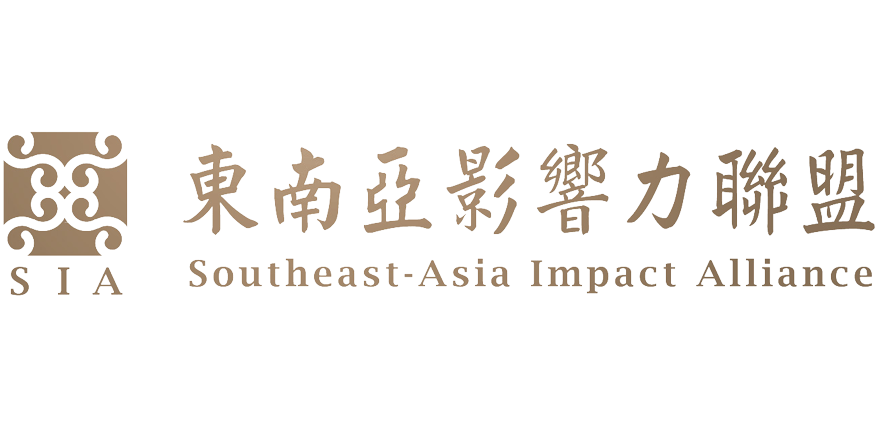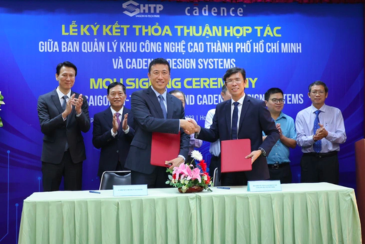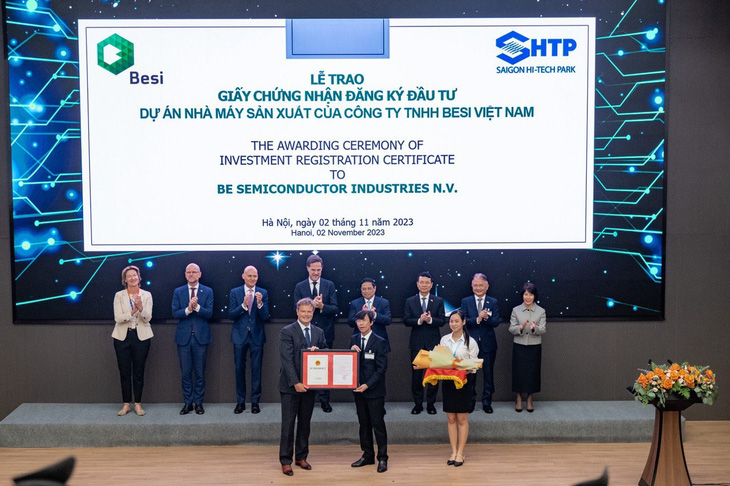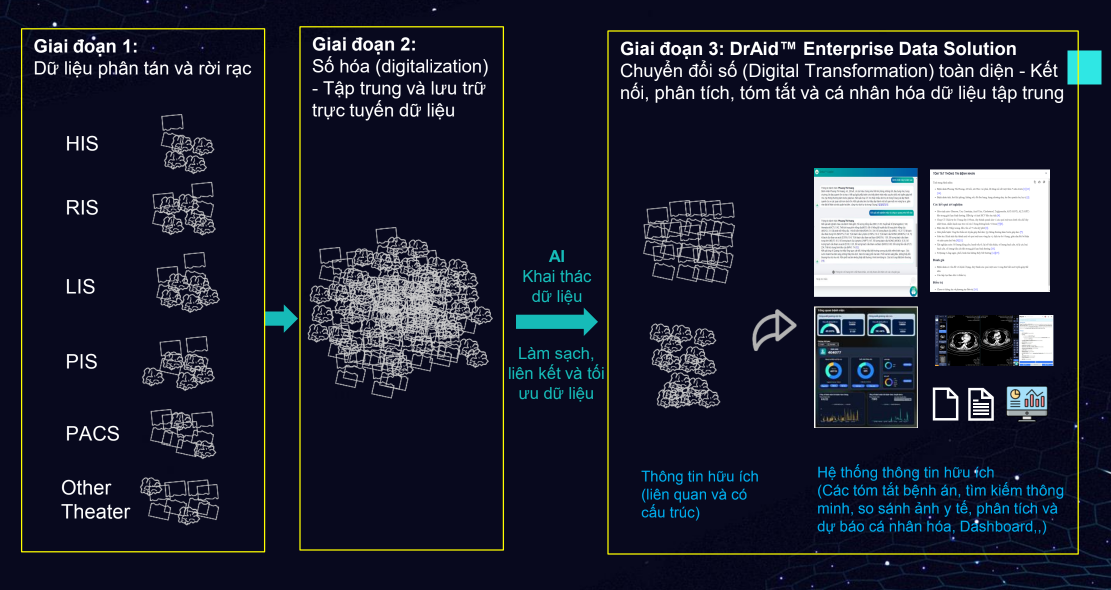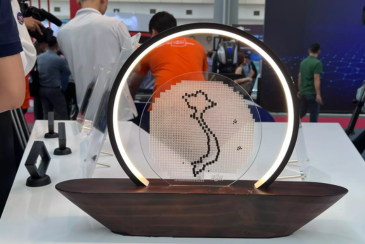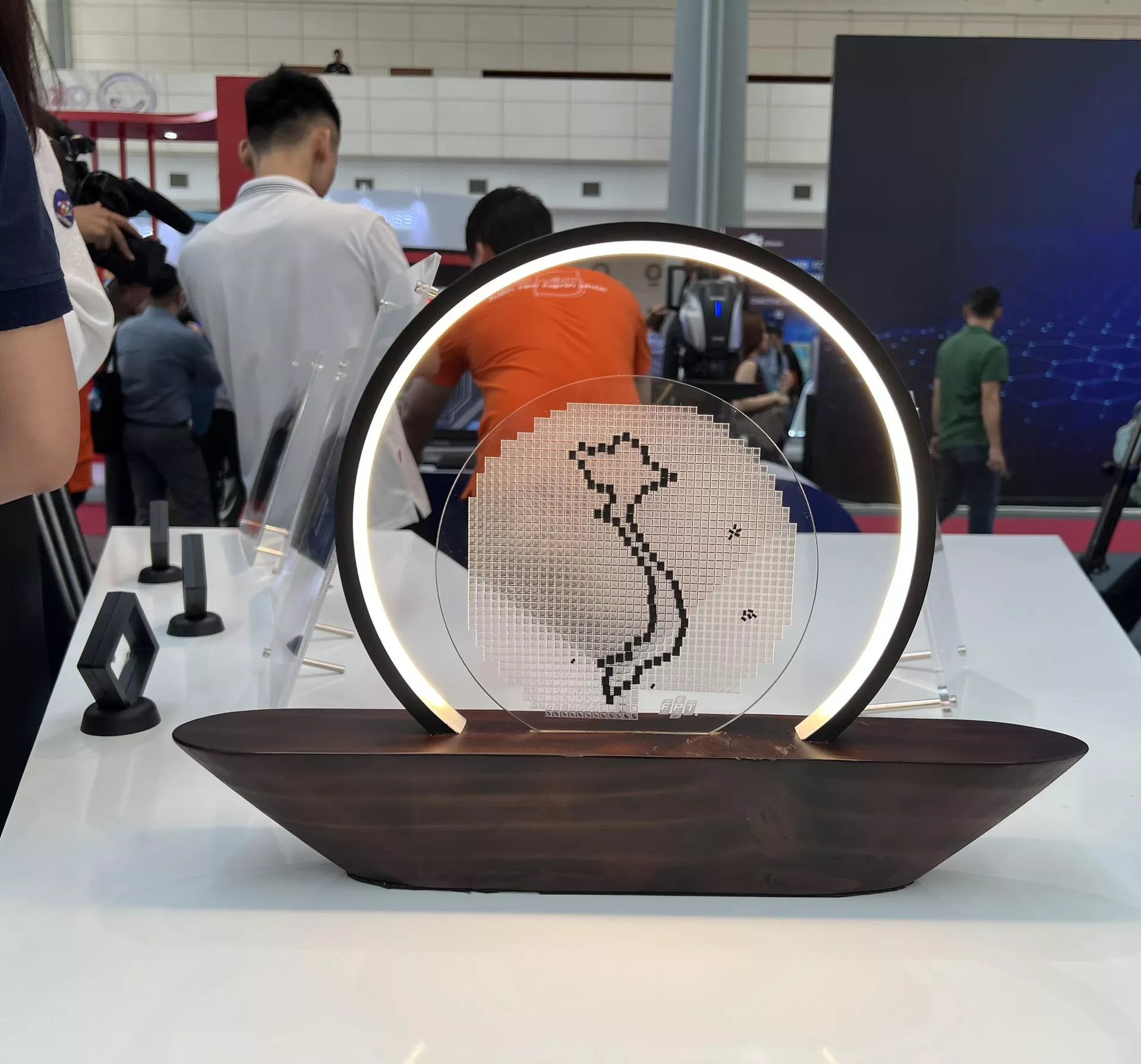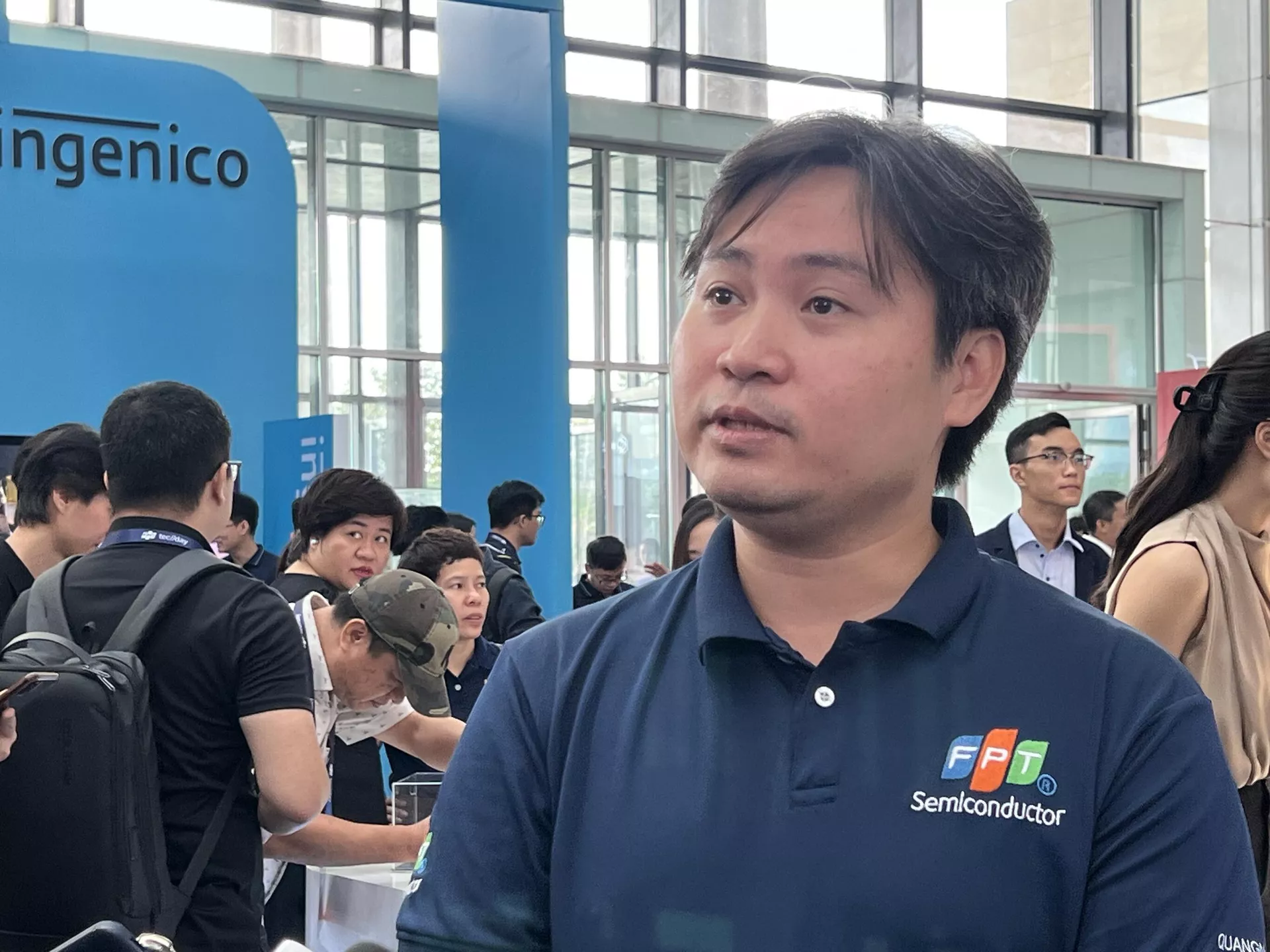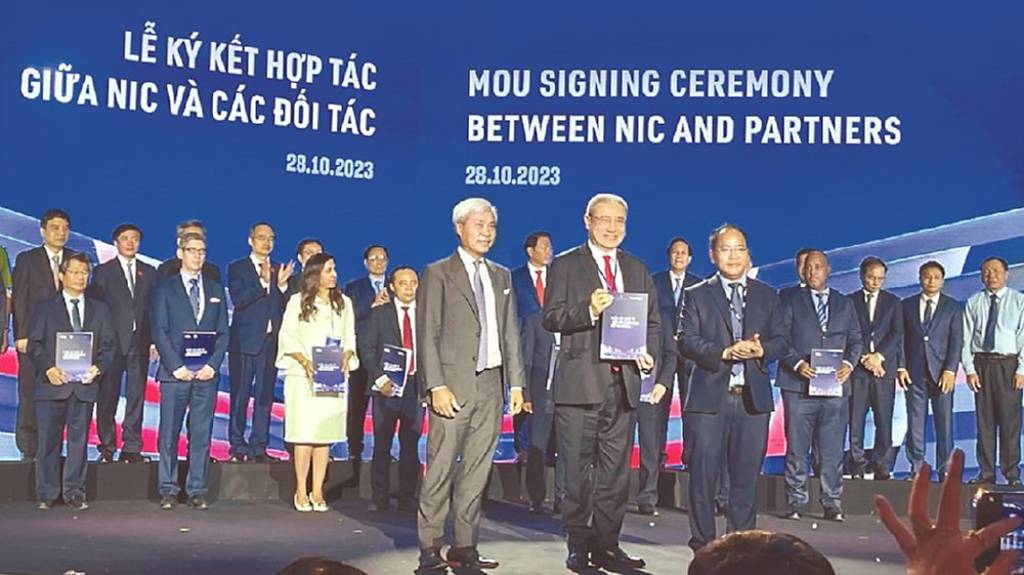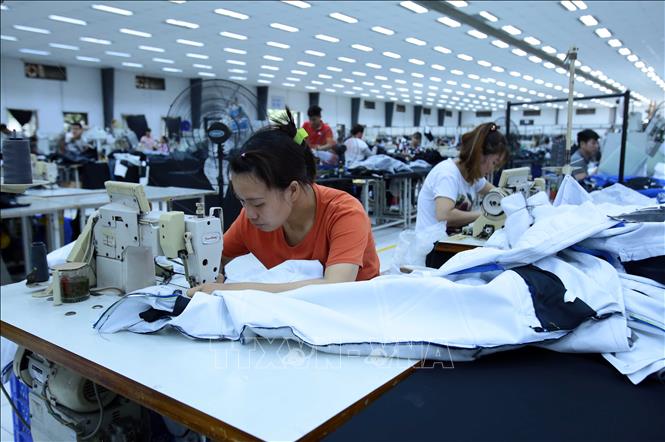Key Figure in US Microelectronics Backs Workforce Training in Ho Chi Minh City
The world’s leading company in electronic system design, Cadence, has collaborated with the Ho Chi Minh City Hi-Tech Park to enhance integrated circuit design capabilities in Vietnam.
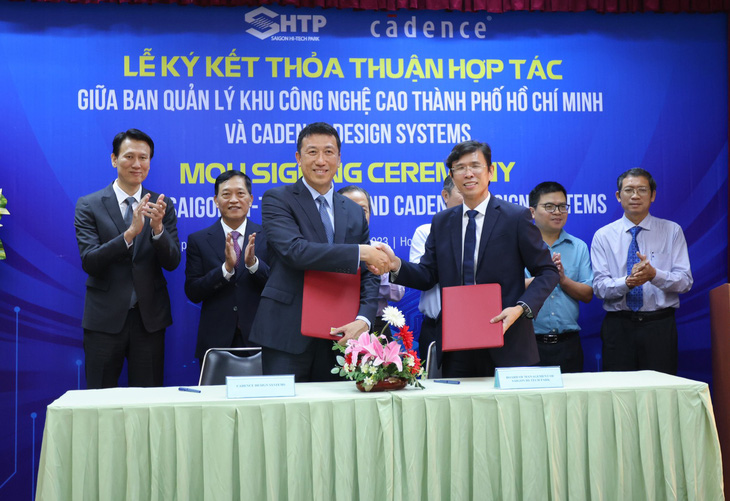
Cadence Company and Ho Chi Minh City Hi-Tech Park signed a cooperation agreement to develop human resources in the semiconductor chip industry.
Training human resources in the microelectronics industry
On the morning of May 30th, Cadence and the Ho Chi Minh City High-Tech Park announced their collaboration to develop a workforce specializing in electronic design and promote the semiconductor microelectronics industry in Vietnam.
Through this partnership, Cadence will provide integrated circuit design software tools and related training programs to universities in Ho Chi Minh City through the Cadence academic network.
As a result, students in Ho Chi Minh City will gain practical experience in circuit design and verification, as well as learn how to address technical issues in the circuit design process, printed circuit board design, and the overall microelectronics design and production processes.
Mr. Nguyen Anh Thi, Head of the Management Board of the Ho Chi Minh City High-Tech Park, stated that this collaboration will boost training and research activities in the fields of electronics and microelectronics industry. According to Mr. Thi, this program will offer opportunities for students to access the latest technologies and methods in circuit design and system design, while accumulating practical experience to achieve success in the fields of electronics and microelectronics.
“We believe that this collaboration will make a significant contribution to enhancing the capabilities of the High-Tech Park’s Microelectronics Design Training Center, contributing to the development of the semiconductor microelectronics industry in Ho Chi Minh City and the economic growth of Vietnam,” Mr. Thi said.
Ho Chi Minh City aims to attract the semiconductor microelectronics industry
Mr. Michael Shih, Vice President responsible for business in the Asia-Pacific and Japan regions at Cadence, stated that the Ho Chi Minh City High-Tech Park plays a crucial role in promoting the development of high-tech industries and innovation in the region. Therefore, this collaboration will help develop a workforce in the field of electronic design in Vietnam.
According to Mr. Michael Shih, by providing access to Cadence’s software, the company aims to equip future generations of engineers with the necessary skills to contribute to the advancement of high technology in Vietnam.
Deputy Chairman of the People’s Committee of Ho Chi Minh City, Mr. Dương Anh Đức, mentioned that Vietnam in general and Ho Chi Minh City in particular are seen as potential destinations for foreign investors in the field of electronics and semiconductor microelectronics.
Ho Chi Minh City is actively preparing mechanisms, policies, land reserves, and, most importantly, a highly skilled workforce to attract investment in this field. According to Mr. Đức, the city has been operating the Microelectronics Design Training Center at the Ho Chi Minh City High-Tech Park since October last year, with a series of tasks, including collaboration programs to mobilize international resources and develop the semiconductor microelectronics industry in Vietnam.
Suorce: Tuoi tre online | Link
Visit our service| Link
